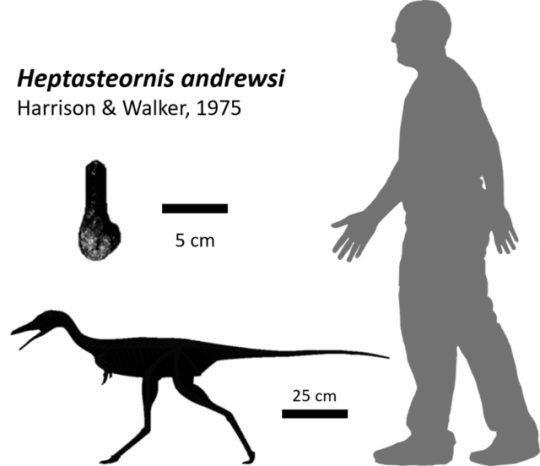#Heptasteornis
Photo
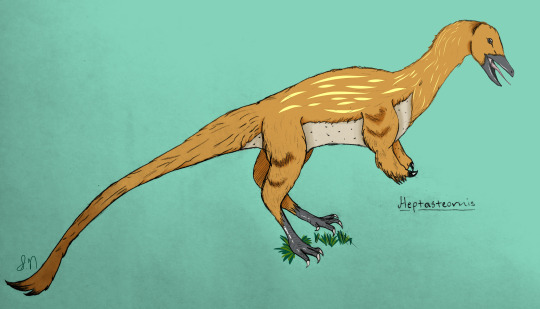
Dinovember Day 4: I chose to update and color my old traditional drawing of the alvarezsaur Heptasteornis!
#dinovember#dinovember 2020#draw dinovember#dinosaurs#paleoart#dinosaur#heptasteornis#alvarezsaurs#cretaceous#late cretaceous#traditionl art#digital art#my art#argentina
32 notes
·
View notes
Text
Heptasteornis andrewsi

By José Carlos Cortés
Etymology: Transylvanian Bird
First Described By: Harrison & Walker, 1975
Classification: Dinosauromorpha, Dinosauriformes, Dracohors, Dinosauria, Saurischia, Eusaurischia, Theropoda, Neotheropoda, Averostra, Tetanurae, Orionides, Avetheropoda, Coelurosauria, Tyrannoraptora, Maniraptoromorpha, Maniraptoriformes, Maniraptora, Alvarezsauria, Alvarezsauroidea, Alvarezsauridae
Status: Extinct
Time and Place: Between 68 and 66 million years ago, in the Maastrichtian of the Late Cretaceous

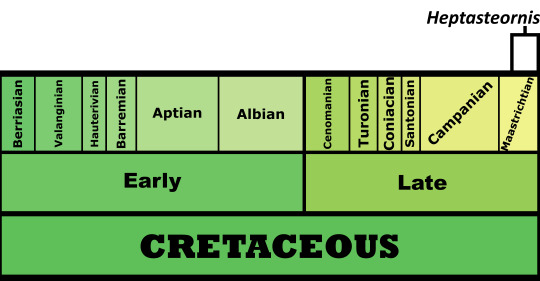
Heptasteornis is known from the Sânpetru Formation of Haţeg Basin

Physical Description: Heptasteornis is not very well known, poorly preserved to the point of it being uncertain what sort of dinosaur it actually was. It was some sort of small Maniraptoran - known from scattered remains, our best guess at the moment seems to be that it was an Alvarezsaur. As an Alvarezsaur, it would have been a small, fluffy animal - with very short arms, ending in a single finger with a sharp claw. It would have had long, skinny legs, and a long neck. Its head would have probably been small. Beyond that, specifics are unknown. It’s possible that it would have had small wings on its tiny arms - for display, and rather useless for anything else.
Diet: The diet of Alvarezsaurs is actually something of a question - assuming, of course, that Heptasteornis was one, it would probably match the other members of its group. One of the most popular hypotheses is that these dinosaurs are insectivores, but until more is known, we should probably go with the null hypothesis of omnivore.
Behavior: The behavior of Heptasteornis is a bit uncertain - not only because we don’t know what sort of dinosaur it is, but because the behavior of Alvarezsaurs is somewhat dubious. It used to be thought that they dug their way to food with their little claws, but that’s just one hypothesis. Regardless, Heptasteornis would probably have been a somewhat skittish, bird-like animal, energetic and using running as its main method of escape from danger. It also probably would have taken care of its young, and used feathers in both thermoregulation and display.
Ecosystem: Heptasteornis was part of the famed Haţeg Island Fauna, one of the weirder ecologies found right before the end of the Cretaceous period. This was a weird river environment on a small island, with a variety of ferns, moss, clubmoss, horsetails, ginkgos, and magnolia flowers. And there were weirdos in terms of animals - tiny dinosaurs, giant pterosaurs, the whole shebang. There were a wide variety of amphibians, turtles, lizards, snakes, and mammals there. There were also crocodyliformes like Allodaposuchus and Sabresuchus, some sort of large pterosaur, and other dinosaurs like the fast-moving ankylosaur Struthiosaurus, the large hadrosaur-like Telmatosaurus, the Rhabdodont Zalmoxes, the small titanosaur Magyarosaurus, another Alvarezsaur by the name of Bradycneme, a miscellaneous maniraptoran called Elopteryx, and a troodontid named Euronychodon.
Other: Heptasteornis was originally thought to be a bird - hence the name - before its current classification as an Alvarezsaur. Still, pretty bird-like in the end. It is one of the first Alvarezsaurs (probably) that was found in Europe.
~ By Meig Dickson
Sources under the Cut
Andrews, C.W. (1913): On some bird remains from the Upper Cretaceous of Transylvania. Geological Magazine 5: 193-196.
Csiki, G. & Grigorescu, D. (1998): Small theropods from the Late Cretaceous of the Hateg Basin (western Romania) - an unexpected diversity at the top of the food chain. Oryctos 1: 87-104.
Harrison, Colin James Oliver & Walker, Cyril Alexander (1975): The Bradycnemidae, a new family of owls from the Upper Cretaceous of Romania. Palaeontology 18(3): 563-570.
Holtz, Thomas R., Jr. (2007). "Ornithomimosaurs and Alvarezsaurs". Dinosaurs: The Most Complete, Up-to-Date Encyclopedia for Dinosaur Lovers of All Ages.
Le Loeuff, J.; Buffetaut, E.; Méchin, P. & Méchin-Salessy, A. (1992): The first record of dromaeosaurid dinosaurs (Saurischia, Theropoda) in the Maastrichtian of southern Europe: palaeobiogeographical implications. Bulletin de la Société géologique de la France 163(3): 337-343.
Naish, Darren & Dyke, Gareth J. (2004): Heptasteornis was no ornithomimid, troodontid, dromaeosaurid or owl: the first alvarezsaurid (Dinosauria: Theropoda) from Europe. Neues Jahrbuch für Geologie und Paläontologie Monatshefte 7: 385-401.
Paul, Gregory S. (1988): Predatory Dinosaurs of the World. New York, Simon & Schuster.
Weishampel, D.B.; Grigorescu, D. & Norman, D.B. (1991): The dinosaurs of Transylvania. National Geographic Research and Exploration 7(2): 196-215.
Weishampel, David B.; Dodson, Peter; and Osmólska, Halszka (eds.): The Dinosauria, 2nd, Berkeley: University of California Press. 861 pp.
#Heptasteornis andrewsi#Heptasteornis#Alvarezsaur#Maniraptoran#Dinosaur#Dinosaurs#Prehistoric Life#Prehistory#Paleontology#Omnivore#Insectivore#Feathered Dinosaurs#Eurasia#Cretaceous#Mesozoic Monday#biology#a dinosaur a day#a-dinosaur-a-day#dinosaur of the day#dinosaur-of-the-day#science#nature#factfile
130 notes
·
View notes
Text
Episode 270: Two new feathered dinosaurs
I Know Dino #Podcast Episode 270: Two new #feathered #dinosaurs, The alvarezsaurid Nemegtonykus and the microraptorine Wulong
Episode 270 is all about Struthiomimus, the ostrich of the Cretaceous.
Big thanks to all our patrons! Your support means so much to us and keeps us going! If you’re a dinosaur enthusiast, join our growing community on Patreon at https://www.patreon.com/iknowdino.
You can listen to our free podcast, with all our episodes, on Apple Podcasts at: https://itunes.apple.com/us/podcast/i-know-dino…
View On WordPress
#altus#alvarezsaurid#alvarezsaurus#archaeopteryx#art#berlin#Bradycneme#citus#Cretaceous#dinosaur#dinosaur of the day#dinosaurs#fossil#Fukui#funko pop#Heptasteornis#i know dino#Microraptor#Mononykus#Nemegtonykus#New Mexico#ornithomimid#paleo#podcast#raptor#rex#Scotland#Shuvuuia#Sternberg#Struthiomimus
2 notes
·
View notes
Photo
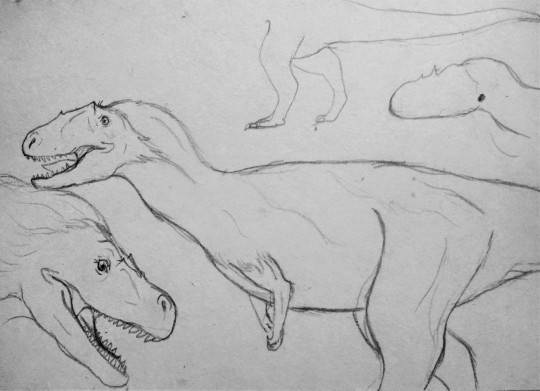

Dinovember Days 1 and 2! Using 2 different prompts....
For Day 1′s “Your Choice” I chose to doodle Daspletosaurus, and for Day 2′s “Alvarezsaur” I chose Heptasteornis!
#dinovember#dinosaurs#daspletosaurus#heptasteornis#dinosaur#tyrannosaurs#alvarezsaurs#my art#traditional art
19 notes
·
View notes
Photo

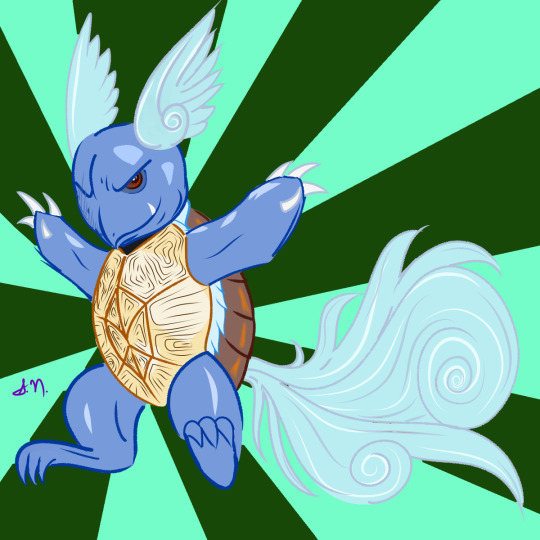
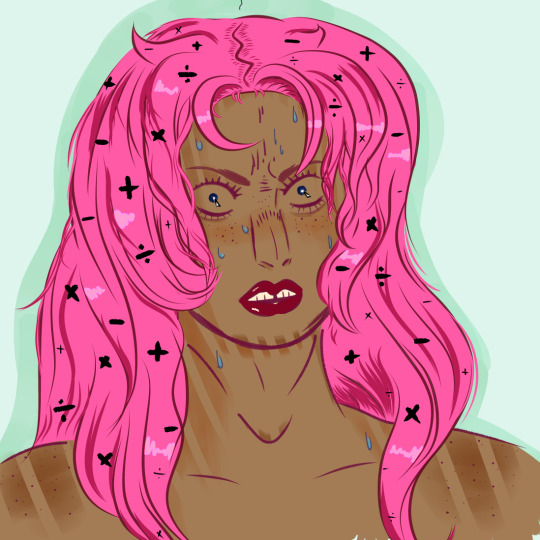
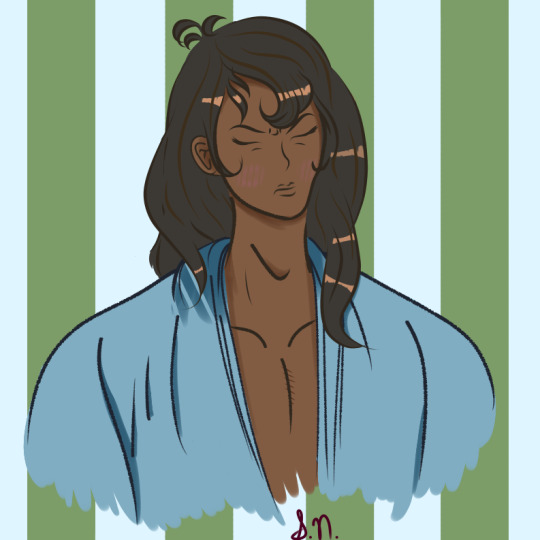

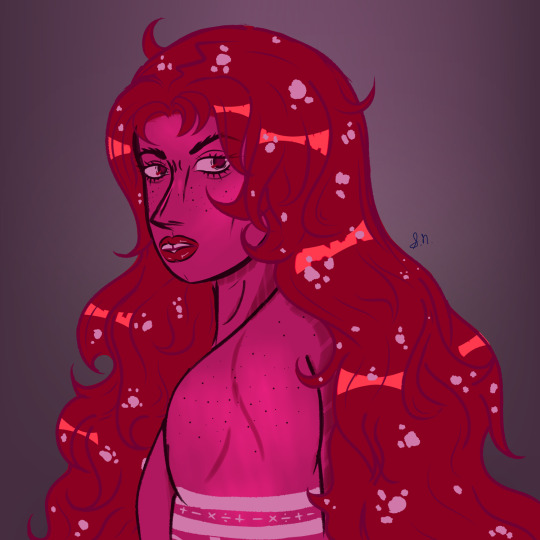



Art Year In Review - These were some of my favorites that I drew this year. I don’t think these necessarily represent any improvement OR include every example of my very best - I more wanted to show that with each one I was trying something new. Which is why I also put them in chronological order:
Part III Goemon Ishikawa XIII screencap redraw - March 30th, 2020
Warortle - Aug. 27th, 2020 - With both of these I used the snap feature to make a simple-patterned bg for the first time
PS2!Diavolo - Sept. 5th, 2020 - Tried a new shading style and layering lineart in hair, first time adding highlights to hair in general
Goemon Ishikawa XIII doodle - Sept. 17th, 2020 - I just really like how clean the lines look in this one and I don’t know how to recreate it lol
Bruno Buccellati - Sept. 27th, 2020 - First time drawing a complicated suit
Limited-palette Diavolo - Oct. 16th, 2020 - First time limiting myself to a premade 5-color palette, and adding soft highlights to skin
Skeleturtle - Oct. 21st, 2020 - Drew a badge or tattoo-like design for the first time
Heptasteornis - Nov. 4th, 2020 - First time I digitally colored lineart that I drew traditionally with pencil and paper
Parappa The Rapper - Dec. 3rd, 2020 - Tried out a new style somewhat based on the video game
#art summary 2020#art summary#lupin iii#JJBA#pokémon#dinosaurs#Kaiju#parappa the rapper#digital art#traditional art#my art#2020#year in art#sorry the text got kinda long#anyway goals for next yr include#learning what color theory is getting better at clothes#and digitally drawing a full body human for once
21 notes
·
View notes
Text
Heptasteornis andrewsi

Source: http://img2.wikia.nocookie.net/__cb20130715151227/dinosaurs/images/d/da/Heptasteornis.jpg
Name: Heptasteornis andrewsi
Name Meaning: C. W. Andrews' Transylvanian bird
First Described: 1975
Described By: Harrison & Walker
Classification: Dinosauria, Sauirschia, Theropoda, Neotheropoda, Averostra, Tetanurae, Orionides, Avetheropoda, Coelurosauria, Tyrannoraptora, Maniraptoriformes, Maniraptora, Alvarezsauria, Alvarezsauroidea, Alvarezsauridae
Heptasteornis was a dubious genus of alvarezsaur from the Maastrichtian age of the Late Cretaceous, about 67 million years ago. It was found in the Sânpetru Formation in Transylvania, and it was originally described as an owl. It is only known from scattered remains, hence the dubious nature of the genus. It does however seem to be an alvarezsaur.
Source:
http://en.wikipedia.org/wiki/Heptasteornis
Shout out goes to gl422!
#heptasteornis#heptasteornis andrewsi#gl422#dinosaur#dinosaurs#a dinosaur a day#a-dinosaur-a-day#prehistory#prehistoric life#paleontology#biology#science#dinosaur of the day#dinosaur-of-the-day#nature#factfile
72 notes
·
View notes
